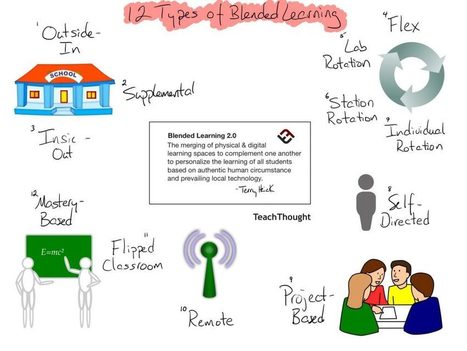In my first post in this blog series I outlined the changes taking place in schools due to the adoption of online forms of education. I promised I would pose at least 3 key questions around this context. In my follow-up post, I posed a key question for teachers to answer if they wished to become successful online educators. Below is the second question I promised:
Via Elizabeth E Charles



 Your new post is loading...
Your new post is loading...










